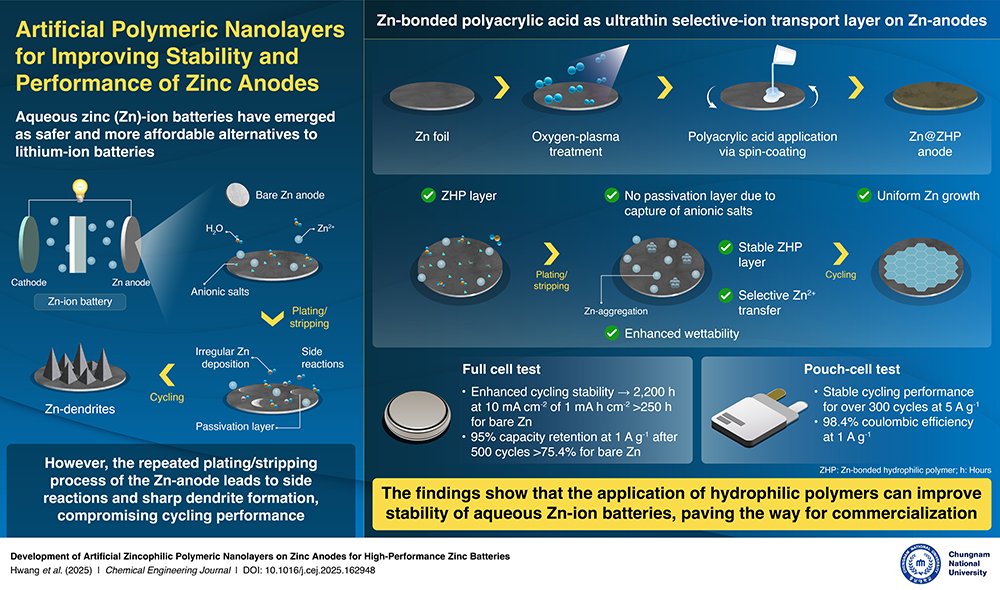Zinc Battery Breakthrough Could Revolutionize Solar Storage
Imagine a battery that’s safer than lithium, cheaper to produce, and won’t catch fire under pressure. Sounds like a pipe dream? Researchers at Chungnam National University (CNU) just made it real with their latest zinc-ion battery innovation. Here’s why solar installers should pay attention.
The Unsung Hero of Energy Storage: Zinc
Zinc-ion batteries (ZIBs) have always had potential—abundant materials, lower costs, and none of lithium’s thermal runaway risks. But until now, dendrite formation and electrode degradation kept them from mainstream use. CNU’s new protective coating changes the game, offering stability that lasts thousands of cycles without performance drops. This technology could be the key to unlocking widespread adoption of sustainable solar energy for manufacturing.
The Game-Changing Coating
By applying a nanometer-thin polymer layer to zinc anodes, the team solved two problems at once: It prevents dendritic growth (those pesky metal spikes that short circuits) and reduces side reactions that sap efficiency. Think of it as armor for your battery’s core components—except it’s flexible, conductive, and dirt-cheap to manufacture.
What This Means for Solar Professionals
Pair these batteries with Fronius inverters or Tesla Powerwall setups, and suddenly, you’ve got a storage solution that undercuts lithium prices by 40%. Homeowners hesitant about upfront costs might finally say yes when payback periods shrink. And for grid-scale projects? Stability matters even more than savings—ZIBs won’t turn into fireworks during heatwaves.
But What About Energy Density?
Okay, lithium still wins here—for now. Zinc batteries store about 60% less energy per kilogram. But when your priority is safety and cost over compact size (think rural microgrids or backup systems), this trade-off makes sense. Besides, CNU’s tech improves density by 15% versus older ZIB designs.
The Road Ahead
Commercial production could start within two years, with companies like Redflow already eyeing partnerships. Some hurdles remain—scaling up manufacturing while keeping costs low isn’t easy. But when a kilowatt-hour of storage drops below $75 without subsidies, even skeptics will take notice. Solar isn’t just about panels anymore; the future rides on smarter storage.






